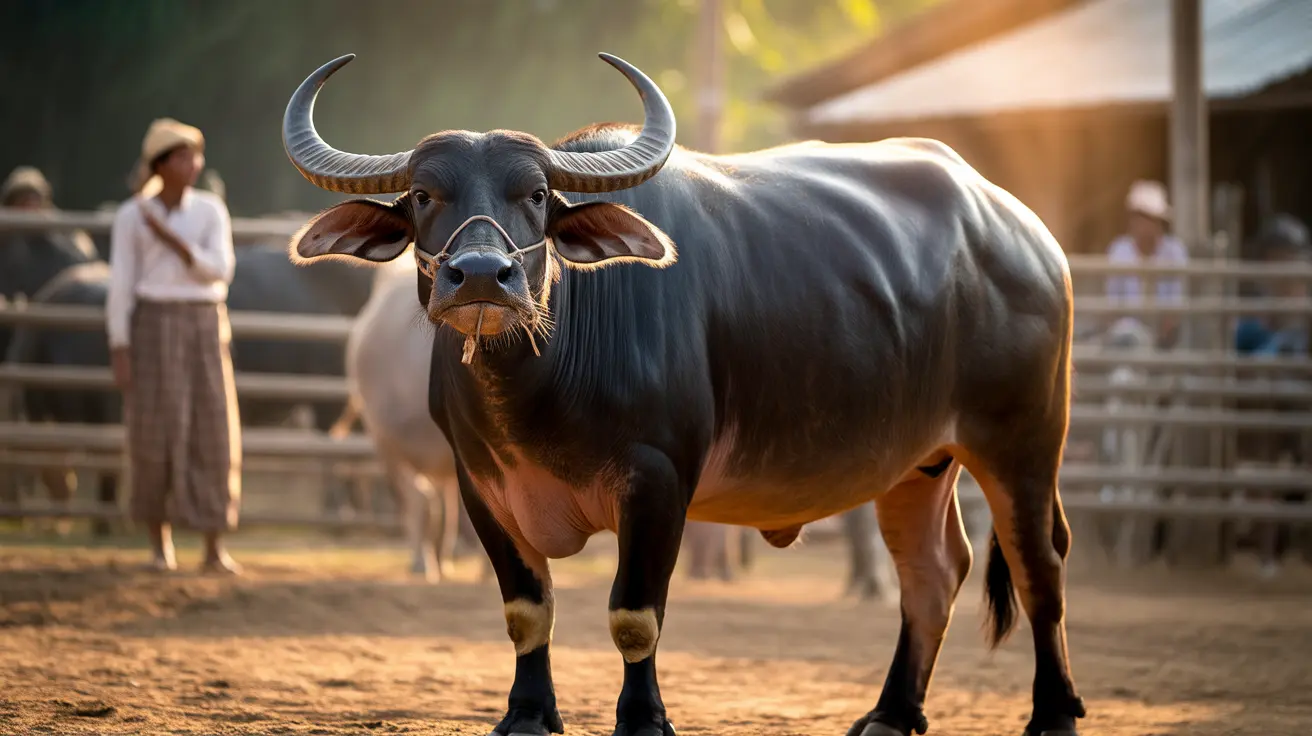The Rarest Dog Breed: Exploring the Norwegian Lundehund
When it comes to dogs, most people can name popular breeds like Labrador Retrievers, German Shepherds, and Poodles. However, the canine kingdom is vast and includes some exceptionally rare breeds that the average person may never encounter. Among these, the Norwegian Lundehund stands out as the rarest dog breed in the world.
What Makes the Norwegian Lundehund Unique?
The Norwegian Lundehund is not just rare due to its population numbers; it also possesses extraordinary physical traits not seen in any other dog breed. These traits have evolved to help the breed perform specialized tasks in its native environment of Norway.
- Six Toes on Each Foot: Unlike most dogs who have four toes on each paw, Lundehunds have six, which gives them better grip and balance.
- Extraordinarily Flexible Joints: Their shoulders can bend backwards, and their heads can tilt backward to touch their spines—an adaptation that enables them to scale cliffs and maneuver in tight spaces.
- Sealed ears: This breed can close its ears to prevent debris and water from entering.
These features made the Norwegian Lundehund highly effective at hunting puffins in Norway’s steep and rocky cliffs, a task that no other breed could easily perform.
History of the Norwegian Lundehund
This breed has a history dating back centuries in remote parts of Norway. Primarily developed for hunting puffins, which nested in steep cliff crevices, the Lundehund played a crucial role in providing food for coastal villages. Puffins were once a major food source in these regions, and the dog's unique characteristics made it indispensable.
However, once puffin hunting was outlawed and alternative food sources became accessible, the breed’s relevance diminished, leading to a rapid decline in its population.
A Near-Extinction Story
The Norwegian Lundehund came dangerously close to extinction during the 20th century. After World War II, only a handful of these dogs remained. In fact, the breed was reduced to just six surviving individuals, most of them from isolated locations in Norway. All living Lundehunds today are descended from this tiny gene pool, which has led to significant inbreeding and a high susceptibility to specific health issues.
Conservation Efforts
Efforts by breeders and conservationists have kept this rare breed from disappearing entirely. Supported by the Norwegian Kennel Club and international organizations, breeding programs focused on expanding the population while improving genetic diversity.
Today, there are still only a few hundred Norwegian Lundehunds worldwide. They remain incredibly rare, with most residing in Norway and a select few in North America and Central Europe.
Living with a Norwegian Lundehund
Owning a Norwegian Lundehund is a unique experience. While their physical traits are intriguing, they pose challenges for average pet owners.
- Health Concerns: Due to the limited gene pool, the breed is prone to Irritable Bowel Disease and other gastrointestinal disorders.
- Training Challenges: Though intelligent, they are known to be stubborn and independent, requiring patience and consistent socialization.
- Exercise Needs: Moderate exercise and mental stimulation are essential to keeping this breed healthy and engaged.
Because of these factors, Lundehund ownership is best suited for experienced dog owners aware of the breed’s special needs.
Other Rare Dog Breeds Worth Noting
While the Norwegian Lundehund holds the title of the rarest breed, several others also pop up on rare breed lists:
- Otterhound: An old British breed with about 600 individuals worldwide.
- Mudi: A Hungarian herding dog with a growing but still small following.
- Lagotto Romagnolo: An Italian truffle hunter, rare but gaining popularity.
- Azawakh: A West African sighthound known for its slender build and speed.
- Thai Ridgeback: Rare outside of Thailand, known for its distinct ridge of hair along the back.
Conclusion
The Norwegian Lundehund is truly a marvel of both nature and selective breeding. Its anatomical uniqueness, historical significance, and limited numbers make it the rarest dog breed in the world. It offers much for canine enthusiasts to admire and respect, serving as a poignant reminder of the delicate balance between utility and preservation in the animal world.





